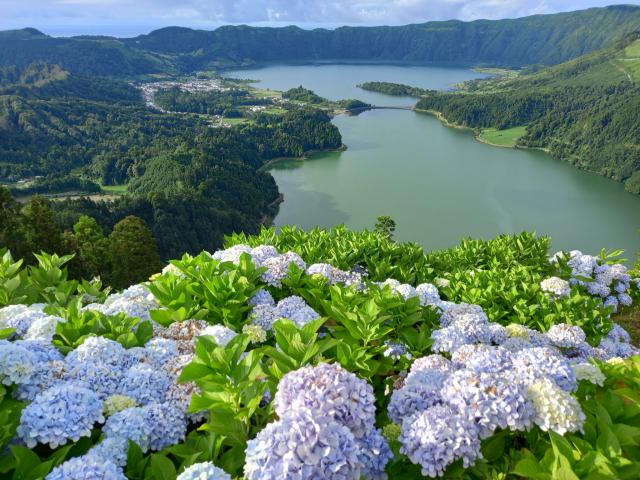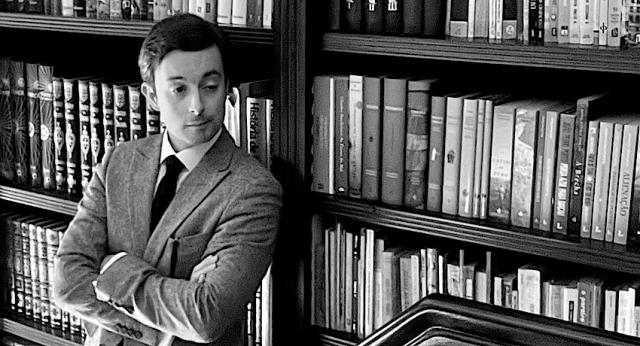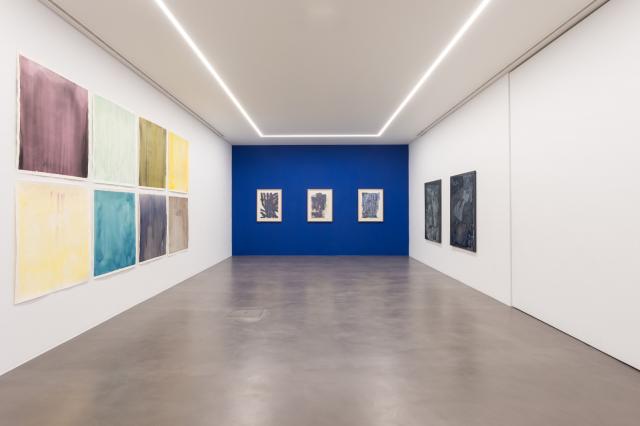Autor: Luís Pedro Silva
What is the state-of-play of the proceedings on the incinerator construction on the island of São Miguel?
Currently, the proceedings are undergoing in the Court of Auditors for prior approval, but there are two case filed in administrative courts.
One of the actions was filed by a citizen (Paulo Estêvão), who lost his case in a first instance and won in a second instance. We are now waiting for the Supreme Court's decision. There is also a second case, filed by a competitor in the public procurement process. The company requested this case to be suspended, but MUSAMI contested this request. We are now awaiting the Court's decision on this matter.
If these actions have a suspensive effect, I can guarantee that the process is over. We are going to cancel the tender, because we are not able to wait for a decision. The last court case took more than two years and this project must be completed by 2023.
If there is a decision to suspend the case due to the actions in court, we will void the tender.
In case the Court decides that the actions do not have a suspensive effect, we will wait for the Court of Auditors' permission to start the design and construction process.
What motivated MUSAMI to move towards the construction of an incinerator on the island of São Miguel?
Our project is not an incinerator. Our project includes a Sorting Center, which recovers waste from recycling. We are also building a Mechanical Treatment Center and a Biological Treatment Center.
The Mechanical Treatment Center is the waste treatment line intended for the recovery of recyclable materials from urban solid waste. It sends organic waste to the Biological Treatment Center, where it is transformed into an organic substrate. The energy recovery plant will recover the remaining waste.
What is the alternative for this waste? It would be put in a landfill, but it will be forbidden to place waste in landfills.
The last degree of waste recovery is incineration. We have a duty and an obligation to recover everything we can, but after going through the Sorting Center, Mechanical Treatment Center and Biological Treatment Center there are still 50 thousand tons of waste without any possible recovery.
The solution we found for this waste was energy recovery.
Did MUSAMI consider other scenarios or is it the only possibility to continue disposing waste in landfills?
The energy recovery plant is the only alternative.
Was the possibility of sending the waste to the incinerator on Terceira island considered?
MUSAMI and TERAMB never undertook formal meetings. Now, TERAMB's published documents state that it has an environmental license of 40,000 tonnes, treating waste from Terceira Island and the rest of the islands.
In 2018, about 39 thousand tons were incinerated and TERAMB did not operate for a month for maintenance. In 2019, approximately 38 thousand tons were incinerated,
The incinerator on Terceira island practically reached the limit of its incineration capacity. These figures are published in TERAMB's data.
At the moment, on Terceira Island, there is no Sorting, Mechanical or Biological Treatment Center. If they resorted to this separation, they would still have to incinerate 25 thousand tons, with a surplus of 15 thousand tons. But we need to find a solution for 50 thousand tons.
How do you assess the criticism that the construction of the incinerator in São Miguel will end the recycling of waste?
It makes no sense at all. Through recycling we are able to sell metals, plastic and paper. This represents exceptional revenue for MUSAMI, which reached two million euros through the export of waste in 2020.
Our financial situation is stable: we have no debts and no need for City Councils to inject money, because we are able to sell all the waste that is recovered.
It would also be illegal to incinerate recoverable waste. We have to comply with the law, as public entities.
We made a four million EUR investment in the Sorting Center and an 11 million EUR investment in Mechanical and Biological Treatment, with the aim of recovering waste. Does anyone believe we would make a 15 million EUR investment and then not recover the waste? This is completely absurd and nonsensical. It is even offensive, because it would be illegal.
Another question arising is: why was the incinerator initially meant for 70 thousand tons and now it is meant for 50 thousand tons? When the previous project was presented, it was legal to incinerate biomass. This represented about 15 thousand tons, but now it is not legal to incinerate it. We had to redo the project for 50 thousand tons.
These data helped us establish the number on 50 thousand tons. At the Sorting Center, after carrying out an analysis of the waste, we were left with 3 thousand tons at the end of the year. People have no idea, but a paper intended for recovery cannot have an oil stain. There is a lot of waste in recycling that is damaged and cannot be recovered.
In the Mechanical Treatment there are 36 thousand tons left. In the biological treatment 1800 tons are left. And there are still 8 or 9 thousand tons of refuse waste.
What will be the public health impact for people residing near the incinerator construction site?
My words are meant to reassure the population. Previously, I was a member of the Environment Committee. I made several visits to incinerators. In Vienna, Austria, one of the incinerators I visited is located between a university and a hospital. This equipment is built in the middle of the city. People need to know that this is not going to be the first incinerator to be built in the world. Europe has more than 250 pieces of equipment that are thoroughly tested. There will be air monitoring through a protocol with the University of the Azores, in order to assess air quality, before and after the incinerator.
The fear about this issue comes from factories built before 2000, because they were extremely polluting, but technology and legal requirements have evolved. Today it is not possible to have a structure that could compromise public health. All of this is legislated.
Will the incinerator end the problems caused by landfills and eliminate some issues, for example, related to the excess of rats and seagulls?
Indeed. All developed islands have energy recovery plants, because landfills cause major problems. Rats and seagulls are a problem, but the main one is the risk that the bottom of the landfill will contaminate aquifers. If this happens, we will be facing a serious ecological disaster. We cannot continue to landfill, because it is not legal and we are at serious risk.
Our ecopark will not be just an Energy Recovery Center. It consists of a Sorting Center, a Mechanical and Biological Treatment Center. All of this exists to value waste. We are just going to incinerate waste that cannot be reused.
Will MUSAMI continue to promote awareness campaigns to increase recycling?
Yes. We invest quite a lot in recycling, because we want to recover waste.
There is this idea that we want to burn paper and plastic, but this is completely false. Also because we make money from this waste. It is with this money that we pay the wages of MUSAMI workers and also carry out our investments. No City Council contributes to MUSAMI.
Regarding financing for the incinerator, what is the cost for MUSAMI and the contribution from the European Union?
We have a share of around 80 percent of community funds. From 60 million (plus VAT) EUR, we will receive a 48 million EUR contribution from national community funds. This investment by MUSAMI will not affect any other regional project, since the funds we are going to receive come from national funds.
The European Union has already announced that the next Community Support Framework will not finance the construction of new Energy Recovery Centers. Because in Europe there are already more than 250 centers. Some still need waste, which will be transported from other places to those equipments.
This is the ultimate chance to treat our waste. Otherwise, we are going to have a very serious problem.
Does MUSAMI have its own resources or does it have to take e a bank loan to proceed with this investment?
We have our own resources, but we also have approved and contracted financing to resort to when necessary.
Will residents and businesses on the island of São Miguel have any financial benefits from this investment?
The waste to be energetically used could not have another recovery. If we do not have the Energy Recovery Center, and because it will be prohibited to place the waste in a landfill, we will have to export the waste to some location. This will be much more expensive than producing energy.
I estimate that our energy production could reach amounts close to those we are able to receive from waste sale, at this moment.
The proposal selected in this tender must be completed by October 2023. There are only two months of tolerance for this process to work and be concluded, as community support ends in 2023.





